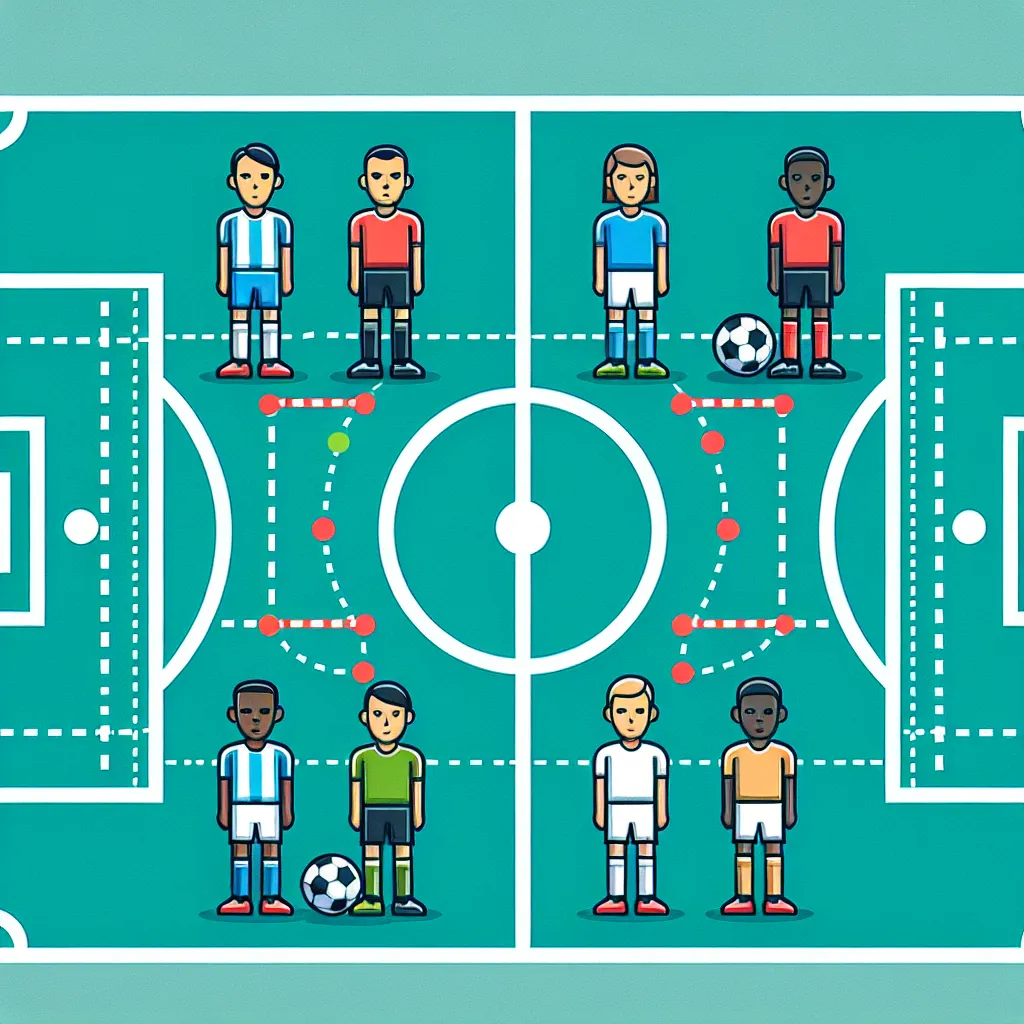The offside rule is a fundamental concept in football that often confounds newcomers to the sport. As an IELTS candidate, understanding this rule and its associated vocabulary is crucial for excelling in sports-related topics. Let’s dive into the intricacies of the offside rule and explore the essential vocabulary you need to know.
Definition and Pronunciation
Offside /ˈɒfsaɪd/ (noun, adjective): A position in which a player is illegally ahead of the ball and the second-last opponent when the ball is played to them by a teammate.

Context and Usage
Examples in Context
-
The striker was caught offside three times during the match, frustrating his team’s attempts to score.
Analysis: Here, “offside” is used as an adjective to describe the striker’s illegal position. -
The referee’s assistant raised his flag to indicate an offside position.
Analysis: In this sentence, “offside” functions as a noun, referring to the rule violation itself. -
Understanding the nuances of the offside rule is crucial for both players and fans.
Analysis: This usage emphasizes the complexity of the rule, using “offside” as part of a noun phrase. -
The coach spent extra time in training to help his forwards avoid offside traps.
Analysis: Here, “offside” is used as an adjective modifying “traps,” referring to defensive strategies. -
Controversial offside decisions can often change the outcome of a match.
Analysis: This example shows how “offside” can be used in a broader context of game-changing moments.
Common Contexts
The offside rule is frequently discussed in:
- Match commentaries
- Tactical analyses
- Referee training sessions
- Fan debates and discussions
Vocabulary Analysis
Word Structure
The term “offside” is a compound word:
- “Off” (preposition): away from
- “Side” (noun): the edge or border of something
Synonyms and Antonyms
Synonyms:
- Illegal position /ɪˈliːɡəl pəˈzɪʃən/ (noun phrase): A position that violates the rules of the game.
- Beyond the last defender /bɪˈjɒnd ðə lɑːst dɪˈfendər/ (prepositional phrase): Describing the position of an attacking player relative to defenders.
Antonyms:
- Onside /ˈɒnsaɪd/ (adjective): In a legal playing position, not offside.
- In play /ɪn pleɪ/ (adjective phrase): Legally positioned and able to participate in the game.
Memory Techniques
Mind Mapping
Create a mind map with “Offside Rule” at the center, branching out to related concepts:
- Player positions
- Referee decisions
- Tactical implications
- Common misconceptions
Storytelling Technique
Imagine a striker named Jack who’s always eager to score. His coach tells him, “Jack, stay onside! Remember, you can’t be ahead of the ball and the second-last defender when it’s passed to you.” This story helps visualize the rule in action.
Practice Exercises
-
Write a paragraph describing a controversial offside decision in a recent match you’ve watched or imagined.
-
Create five sentences using “offside” in different contexts (e.g., as a noun, adjective, in a compound phrase).
-
Explain the offside rule to someone who has never watched football before, using simple terms and analogies.
Conclusion
Mastering the offside rule and its associated vocabulary is essential for IELTS candidates, especially when discussing sports topics. Remember to practice using these terms in various contexts to solidify your understanding and improve your language skills.
We encourage you to share your experiences with learning this vocabulary in the comments section below. Have you encountered offside-related questions in IELTS practice materials? How do you plan to incorporate this new vocabulary into your study routine?
For more football-related vocabulary and IELTS preparation tips, check out our articles on referee decisions and specific words used in football.